“A little preparation goes a long way in keeping babies happy and protected under the sun.”
Tip: Watch for any discomfort and ensure your baby stays hydrated for a fun and safe sunny outing!
Frequently Asked Questions for How To Protect Baby From Sun In Stroller?
How can I tell if my stroller has enough sun protection?
Check for a UPF-rated canopy. Look for features like adjustable coverage and ventilation panels. These ensure your baby stays shaded and cool during walks.
Can I use sunscreen on my baby while in the stroller?
For babies under six months, keep them out of direct sun; if shade and clothing aren’t enough, you may apply a small amount of mineral sunscreen (zinc oxide or titanium dioxide) to exposed areas like the face and backs of hands. For older babies, use baby-safe sunscreen on exposed skin and reapply as directed. AAP/HealthyChildren.
What’s the best way to keep my baby comfortable in hot weather?
Dress them in lightweight, breathable clothes. Use a stroller fan for airflow. Offer frequent feeds (and small sips of water after 6 months). Plan outings outside peak sun hours. CDC; AAP/HealthyChildren.
Conclusion
Protecting your baby from the sun in a stroller is simple with the right steps—shade, sunscreen, and smart timing make all the difference. By following these tips, you can enjoy outdoor time while keeping your little one safe and comfortable.
“A little preparation goes a long way in keeping babies happy and protected under the sun.”
To keep your baby safe from the sun in a stroller, make sure the stroller has a big, adjustable canopy that offers plenty of shade. You can also use a sunshade or UV cover and dress your little one in light, breathable clothes and a cute hat to keep them comfy and protected.
Learn how to protect baby from sun in stroller with simple tips! Choose the right shade, dress them comfortably, and avoid peak sun hours for safe outdoor fun. Keep your little one cool and happy!
Taking your baby out in a stroller on sunny days can be enjoyable, but it’s important to know how to protect baby from sun in stroller.
Babies have delicate skin that’s more sensitive to UV rays because they lack enough melanin to shield them. In fact, sunburns during infancy can increase the risk of skin cancer later in life.
Strollers can trap heat, making it warmer inside and potentially uncomfortable for your baby. That’s why I always prioritize learning how to protect baby from the sun in stroller to ensure my little one stays safe and comfortable outdoors.
Core Findings
- Pick a stroller with a big, adjustable shade. Look for fabrics with a high UPF rating to block UV rays (UPF 50 blocks about 98% of UV). Skin Cancer Foundation.
- Dress your baby in light, airy clothes. Add a wide hat and sunglasses that block 100% UV (labeled “UV400”). Nationwide Children’s (citing AAO/AOA).
- Go outside during cooler parts of the day. Avoid being out between 10 AM and 4 PM when UV is typically strongest. AAP/HealthyChildren.
How To Choose the Right Stroller for Sun Protection
Look for Built-In Sun Protection Features
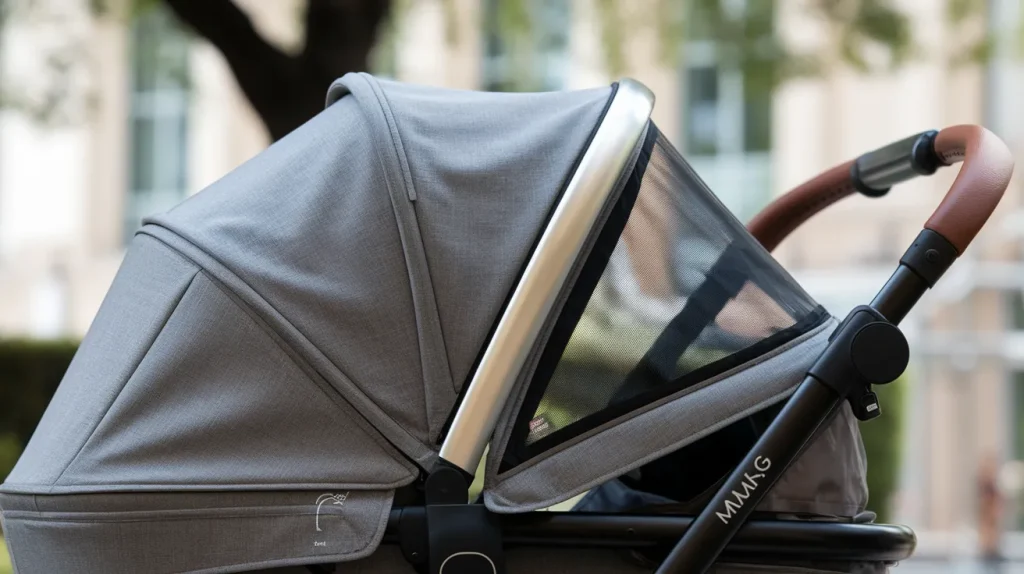
When picking a stroller, I check for sun protection. Many strollers now have canopies with a UPF rating. This shows how well the fabric blocks UV rays. I prefer high UPF ratings to keep my baby safe from the sun (UPF 50 ≈ 98% UV blocked). Skin Cancer Foundation.
Some canopies also have peekaboo windows, which are very useful. They let me see my baby without bothering them. These windows also allow airflow, keeping the stroller cooler. I avoid covers that block the whole stroller; they can trap heat and reduce airflow. Loma Linda University Health.
Tip: A big, adjustable canopy is great for sunny days. It’s worth buying a stroller with this feature.
Consider Strollers with Ventilation Panels
Good airflow is as important as sun protection. I look for strollers with mesh panels or windows. These help air move through and stop the stroller from getting too hot. This is especially helpful on hot summer days.
I also check the fabric. Some strollers use materials with UPF ratings for extra protection. A big canopy and mesh panels together give shade and airflow. This keeps my baby cool and comfy, even on very hot days.
Learning how to protect baby from sun in stroller taught me a lot. Picking the right stroller makes outdoor trips safer and more fun.
How To Use Shade Effectively in a Stroller
Adjust the Stroller Canopy for Maximum Coverage
I always move the stroller canopy to block the sun. A good canopy keeps UV rays away and helps my baby stay comfy. I choose canopies with UPF 50+ protection. This level blocks about 98% of UV rays, which is ideal for delicate baby skin. Skin Cancer Foundation.
Here’s a simple list of what I look for in a canopy:
| Feature | Why It’s Important |
|---|---|
| Large size | Covers more area to shield babies from harmful sunlight. |
| UPF 50+ rating | Blocks about 98% of UV rays for added protection. Skin Cancer Foundation |
| Adjustable positions | Lets parents change the angle for better sun coverage. |
| Peek-a-boo window | Helps parents check on their baby while keeping airflow steady. |
Peek-a-boo windows are my favorite feature. They let me see my baby without bothering them. These windows also help keep the stroller cool. Moving the canopy as the sun shifts keeps my baby shaded during walks.
Add a Clip-On Sunshade or Umbrella for Extra Protection
Sometimes, the canopy isn’t enough to block the sun. That’s when I use a clip-on sunshade or umbrella. These tools are super helpful on very sunny days. They attach easily to the stroller and give extra shade.

Here’s why I think they’re great:
- Babies’ skin is very sensitive, especially in their first months.
- The sun is strongest between 10 AM and 4 PM, which can be risky. AAP/HealthyChildren.
- Extra shade tools protect babies when the canopy doesn’t cover enough.
These add-ons work with most strollers. They’re light, easy to adjust, and simple to carry. Using them makes me feel better, knowing my baby is safe from the sun.
How To Dress Your Baby for Sun Protection
Pick Light and Airy Clothes
For sunny days, I dress my baby in light, airy clothes. Cotton is my favorite because it keeps my baby cool. Light colors are better since they reflect sunlight. This helps avoid overheating on warm days.
Long-sleeved clothes with tightly woven fabric are great for sun safety. They cover more skin but still feel comfy. Some baby outfits even have a UPF rating. These are made to block harmful UV rays, giving extra protection outdoors. Skin Cancer Foundation.
Tip: Loose clothes protect skin and let babies move freely. It’s both safe and comfy!
Add a Wide-Brimmed Hat and Sunglasses
A wide-brimmed hat is super helpful on sunny days. It protects my baby’s face, neck, and ears from the sun. I like hats with straps so they stay on, even if my baby moves a lot.
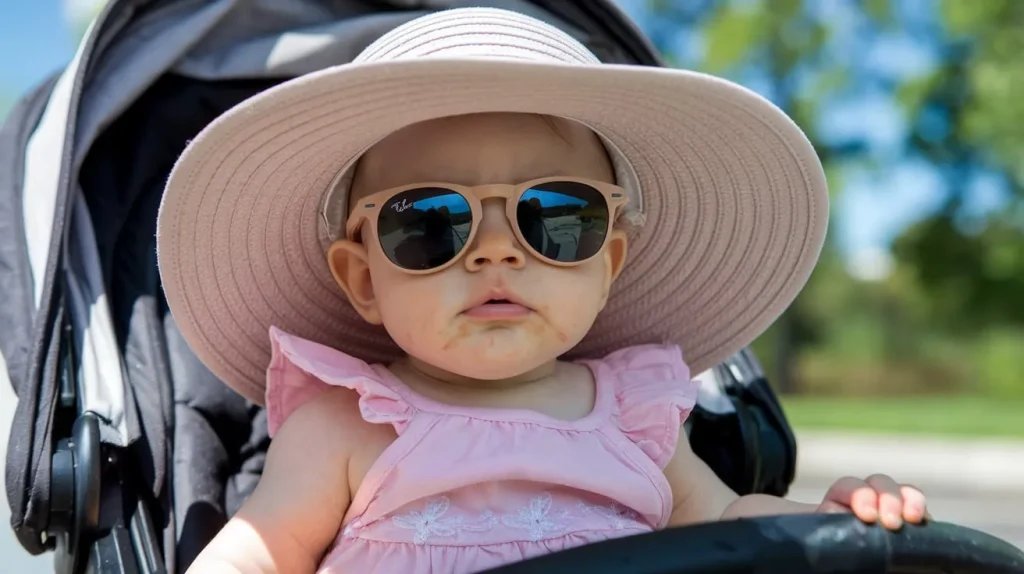
Sunglasses are also important. Babies’ eyes are sensitive to UV rays, so I choose ones labeled UV400 (100% UV protection). Nationwide Children’s (AAO/AOA).
Here’s what I check when picking sun gear:
- Hats with wide brims cover more than regular caps.
- Sunglasses with soft frames are gentle and comfy for babies.
- Both should fit well—not too loose or tight.
These small items help keep my baby safe from the sun. They’re easy to use and perfect for any trip outside.
“Sun safety for babies means shade first, protective clothing, and careful sunscreen use when needed.” — AAP/HealthyChildren
How To Time Outdoor Activities to Avoid Sun Exposure
Stay Away from Peak Sun Hours
I avoid taking my baby out between 10 AM and 4 PM. During these hours, the sun is strongest and can cause sunburn or overheating. Babies’ skin is very delicate, especially in their first six months. Keeping them out of direct sunlight during this time is very important. AAP/HealthyChildren.
Instead, I plan outdoor time for early mornings or late afternoons. The sun is softer then, making it safer for my baby to enjoy being outside. Here’s why I follow this schedule:
- The sun is weaker in the morning and evening, lowering UV risks.
- Cooler temperatures make it easier to keep my baby comfy.
- Avoiding peak hours helps prevent sunburn and heat problems.
Tip: If you need to go out during peak hours, use a stroller with a canopy or attach a clip-on sunshade for extra shade.
Take Walks When It’s Cooler
Walking during cooler times of the day has been great for us. Early morning and evening walks are safer and more pleasant. The air is cooler, and there’s often a light breeze, which keeps my baby happy.
Here’s a simple guide I use:
| What to Do | Why It Helps |
|---|---|
| Skip walks during hot hours | Avoid 10 AM – 4 PM |
| Choose cooler times | Go out in the morning or evening |
| Watch the temperature | Stay inside if it’s near 90°F to avoid overheating |
By going out during cooler times, my baby stays calm and content. It also gives me a chance to enjoy peaceful outdoor moments without worrying about the heat.
Learning how to protect baby from sun in stroller has shown me how timing matters. With some planning, I can keep my baby safe and make our outings more fun.
How To Ensure Proper Ventilation in a Stroller
Don’t Cover the Stroller with Blankets
I used to think covering the stroller with a blanket would protect my baby from the sun. But covering a stroller can trap heat and reduce airflow. Avoid draping blankets or tight covers; use the stroller canopy or a breathable clip-on shade instead. Loma Linda University Health; AAP/HealthyChildren: Extreme Heat.
Here’s what I keep in mind:
| Evidence Type | What It Shows |
|---|---|
| Expert Advice | Pediatric sources caution that blankets over strollers limit airflow and can increase heat, raising overheating risk. Loma Linda University Health |
| Prevention | Use built-in canopies or breathable sunshades; keep air moving and seek shade. AAP/HealthyChildren |
| Health Concerns | Overheating and poor airflow can affect a baby’s breathing and temperature regulation. CDC Heat Health |
Instead of blankets, I use the stroller’s canopy or a clip-on sunshade. These give shade while letting air move freely. Strollers with mesh panels or breathable seats are even better. They help keep the air flowing and stop heat from building up.
Tip: Feel inside the stroller with your hand. If it feels warm, adjust for better airflow or move to shade.
Try a Stroller Fan for Better Airflow
On hot days, a stroller fan has been so helpful. It creates a soft breeze that keeps my baby cool and happy. These fans are small, easy to attach, and great for improving airflow.
Many parents love them, and I understand why. One popular fan has over 27,000 great reviews! It’s quiet, portable, and gives steady, fresh air. It keeps both my baby and me comfortable during sunny walks.
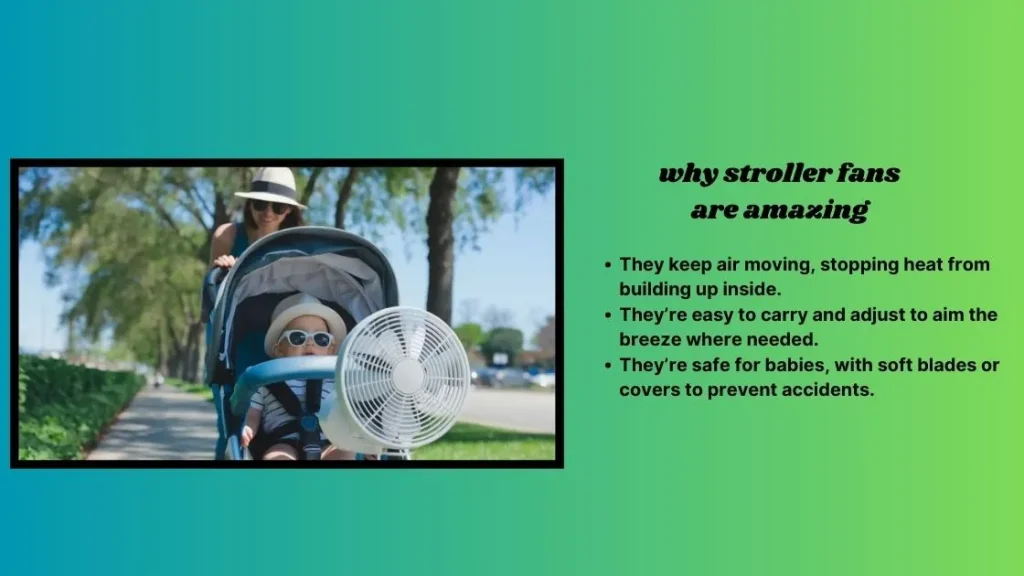
Here’s why stroller fans are amazing:
- They keep air moving, stopping heat from building up inside.
- They’re easy to carry and adjust to aim the breeze where needed.
- They’re safe for babies, with soft blades or covers to prevent accidents.
Using a stroller fan makes me feel confident that my baby stays cool. It’s a small tool that makes a big difference on warm, sunny days.
“Parents often miss the backs of hands and feet—shade and clothing help, and add sunscreen on exposed skin as appropriate.” — AAP/HealthyChildren
How To Keep Your Baby Hydrated in the Sun
Give breast milk, Formula, or Water (if old enough)
Keeping your baby hydrated on sunny days is very important. For babies under six months, I stick to breast milk or formula. These give all the hydration they need, even in hot weather. Offering feeds more often helps keep my baby cool and hydrated outdoors. AAP/HealthyChildren: Drinks 0–5.
When my baby turned six months old, I started giving small sips of water. This has been helpful during warm outdoor trips. Small amounts of water with meals are appropriate after 6 months. AAP/HealthyChildren.
Here’s what I do to keep my baby hydrated:
- Babies under six months: Only breastmilk or formula. AAP/HealthyChildren.
- Babies over six months: Add small sips of water outside.
- Offer feeds more often, especially on hot days.
Tip: Always bring water or formula when going out. It’s better to have it ready than to rush if your baby gets thirsty.
Look for Signs of Dehydration
I always watch for early signs of dehydration in my baby. Babies can’t tell us they’re thirsty, so I check for clues. A dry mouth, fewer wet diapers, or dark pee are some signs I notice. CDC.

Here are common signs I’ve learned to watch for:
- Dry mouth or eyes
- Less than four wet diapers a day
- Dark yellow pee
- More fussiness or crankiness
If I see these signs, I quickly offer more fluids. For older babies, I give small sips of water. For younger ones, I breastfeed or give formula more often.
Note: Severe dehydration or heat illness can include hot skin, confusion, fast breathing, vomiting, or a fever—seek medical care right away. CDC.
By staying careful and prepared, I make sure my baby stays hydrated and happy, even on very hot days.
How To Recognize and Respond to Signs of Overheating
Symptoms of Heat-Related Problems
It’s important to spot overheating signs in babies. Babies can’t say when they’re too hot, so I watch closely. Here are some signs I’ve learned to notice:
- Acting confused, very fussy, or extra sleepy.
- Dry lips or skin, which could mean they’re dehydrated.
- Sweating a lot or skin that feels very hot.
- Feeling sick, like nausea, vomiting, or being weak.
Experts also share specific symptoms of heat-related issues. This table helps me understand what to check for (adapted from public health guidance):
| Symptom | What It Means |
|---|---|
| Heat Cramps | Painful muscle cramps in legs or stomach, no fever. |
| Heat Exhaustion | Pale or clammy skin, heavy sweating, dizziness, nausea, fainting, or weakness. |
| Heatstroke | Very hot skin, high body temperature, confusion, or loss of consciousness—medical emergency. |
If I see these signs, I act fast to stop it from getting worse. CDC.
What To Do If Your Baby Overheats
If my baby seems too hot, I stay calm and act quickly. First, I move them to a cooler place, like shade or air-conditioning. This helps lower their body heat fast.
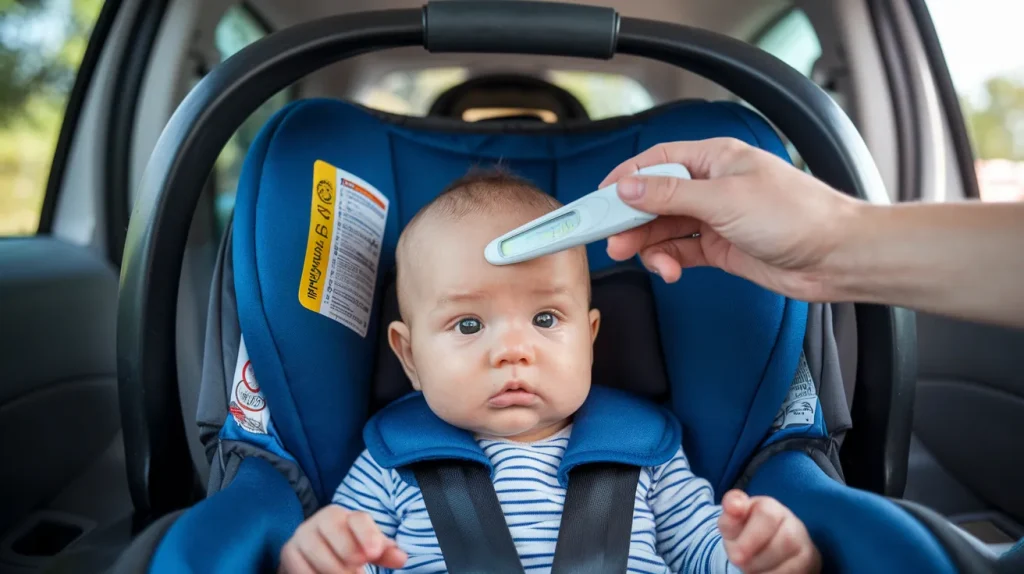
Then, I take off extra clothes. Light, airy fabrics are best for cooling down. I use a damp cloth to gently wipe their skin, especially on the forehead, neck, and arms.
If they seem thirsty, I give breastmilk, formula, or water (if they’re old enough). Staying hydrated helps them feel better. AAP/HealthyChildren.
Note: If they remain confused, vomit, or have a high temperature, contact a doctor or emergency services right away—heatstroke is serious. CDC.
Keeping your baby safe from the sun in a stroller is crucial. I pick strollers with built-in sun protection and dress my baby in light, breathable clothes. Going out in the early morning or late afternoon is smarter. The sun is weaker during these times, lowering the chance of sunburn or overheating.
Tip: Watch for any discomfort and ensure your baby stays hydrated for a fun and safe sunny outing!
Frequently Asked Questions for How To Protect Baby From Sun In Stroller?
How can I tell if my stroller has enough sun protection?
Check for a UPF-rated canopy. Look for features like adjustable coverage and ventilation panels. These ensure your baby stays shaded and cool during walks.
Can I use sunscreen on my baby while in the stroller?
For babies under six months, keep them out of direct sun; if shade and clothing aren’t enough, you may apply a small amount of mineral sunscreen (zinc oxide or titanium dioxide) to exposed areas like the face and backs of hands. For older babies, use baby-safe sunscreen on exposed skin and reapply as directed. AAP/HealthyChildren.
What’s the best way to keep my baby comfortable in hot weather?
Dress them in lightweight, breathable clothes. Use a stroller fan for airflow. Offer frequent feeds (and small sips of water after 6 months). Plan outings outside peak sun hours. CDC; AAP/HealthyChildren.
Conclusion
Protecting your baby from the sun in a stroller is simple with the right steps—shade, sunscreen, and smart timing make all the difference. By following these tips, you can enjoy outdoor time while keeping your little one safe and comfortable.
“A little preparation goes a long way in keeping babies happy and protected under the sun.”

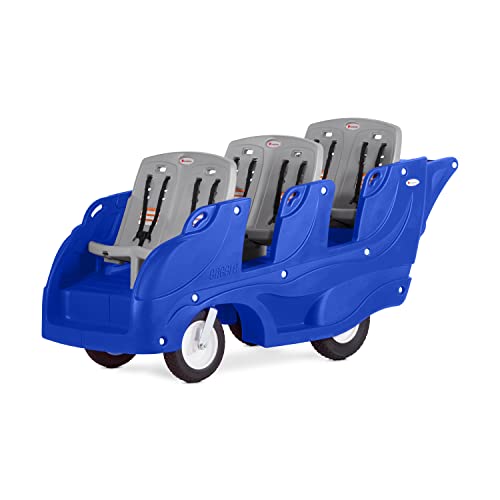
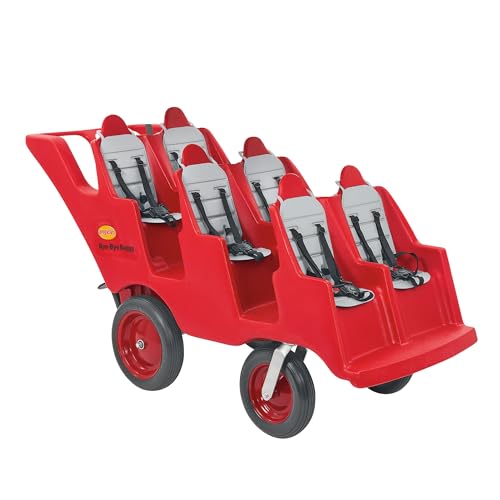
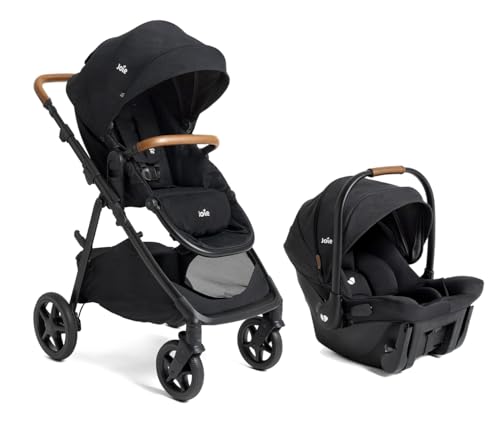
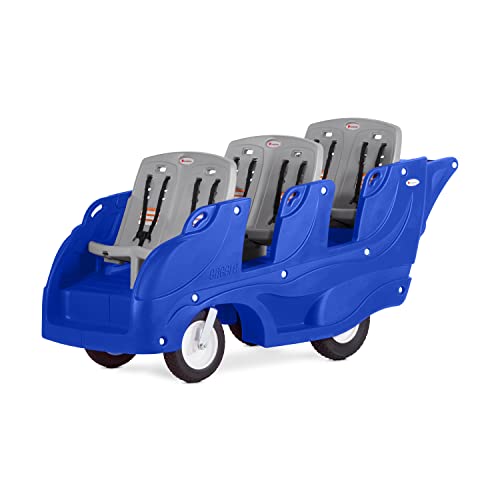
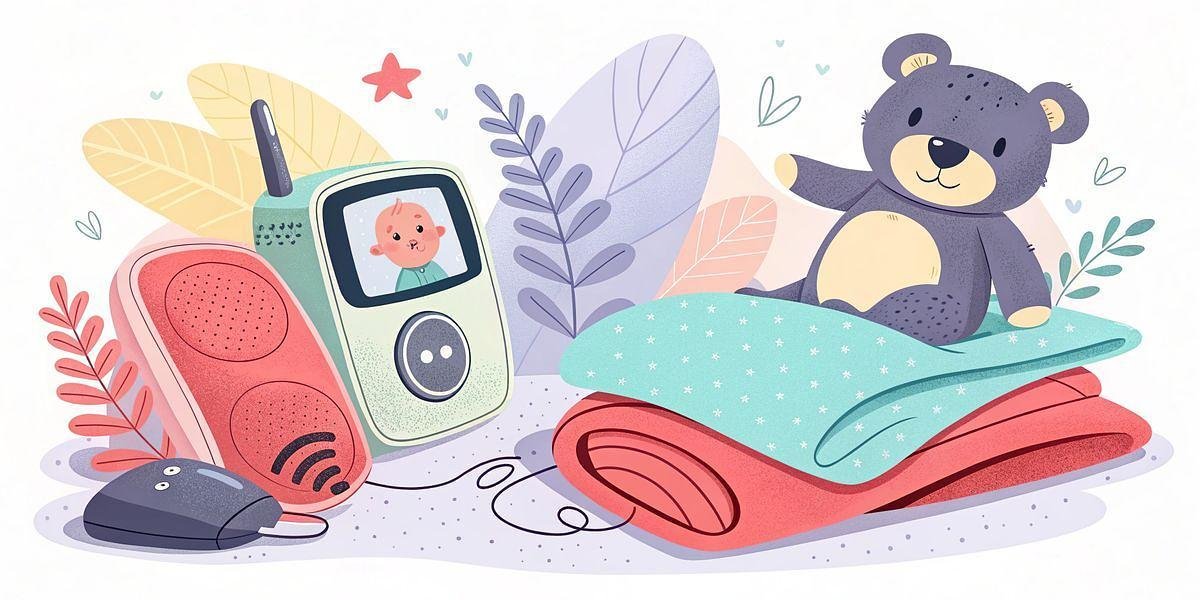

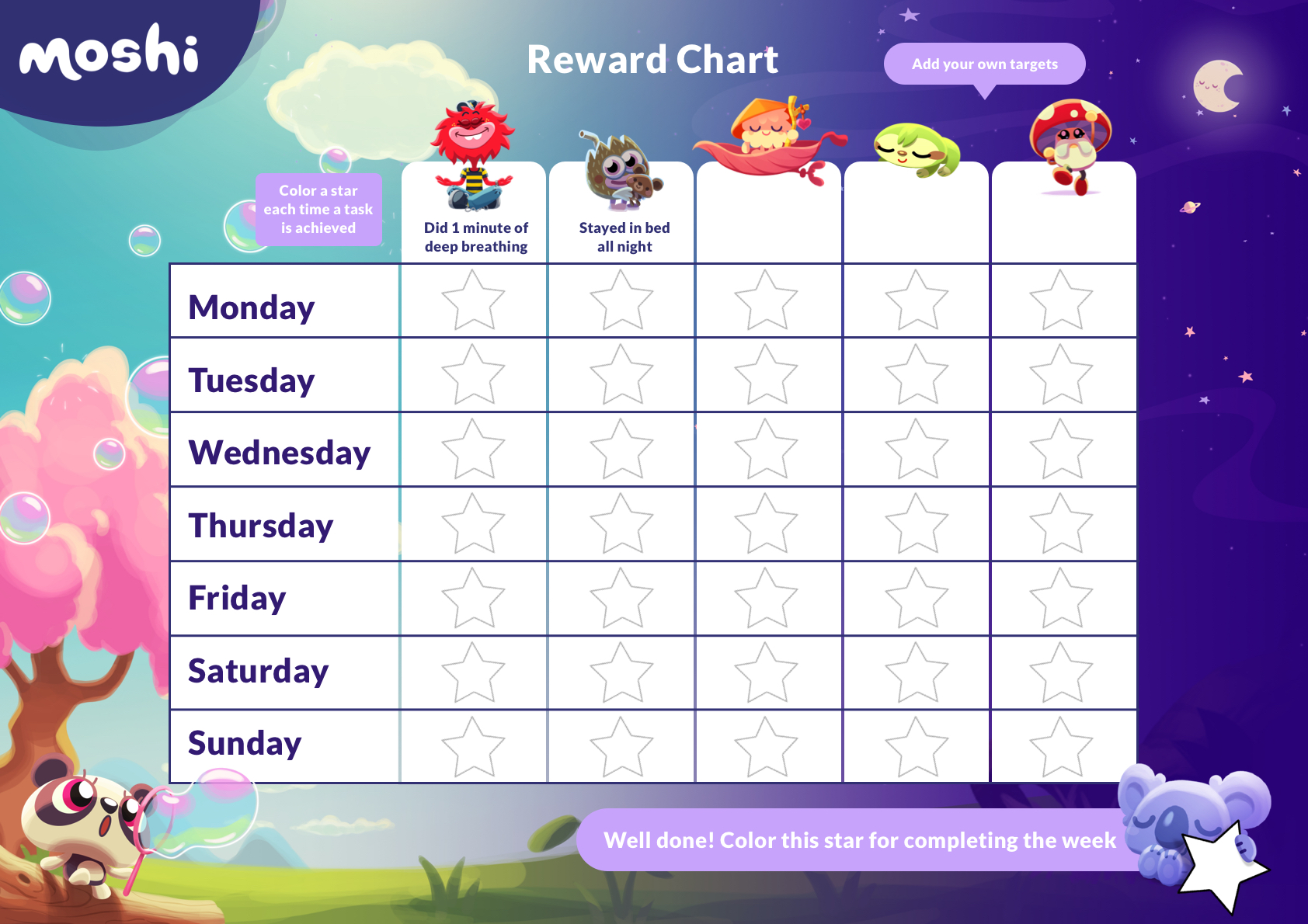
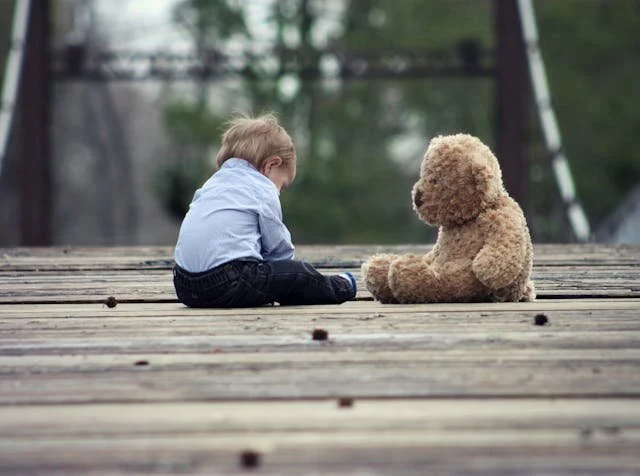
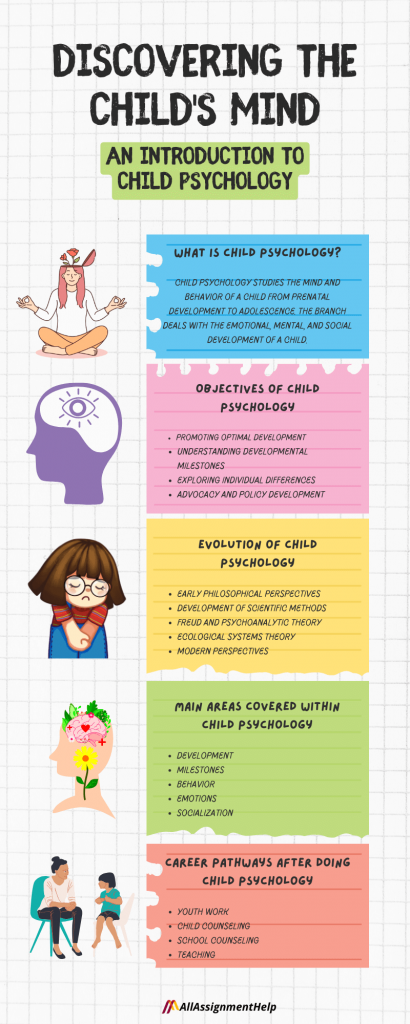
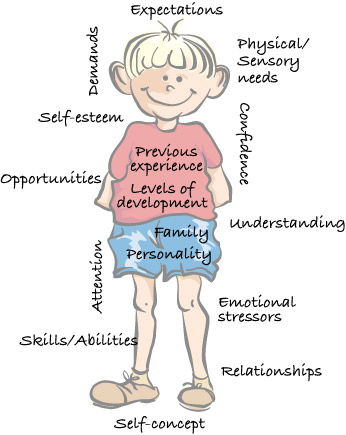

3 thoughts on “How To Protect Baby From Sun In Stroller? 2025 Risky Factors”